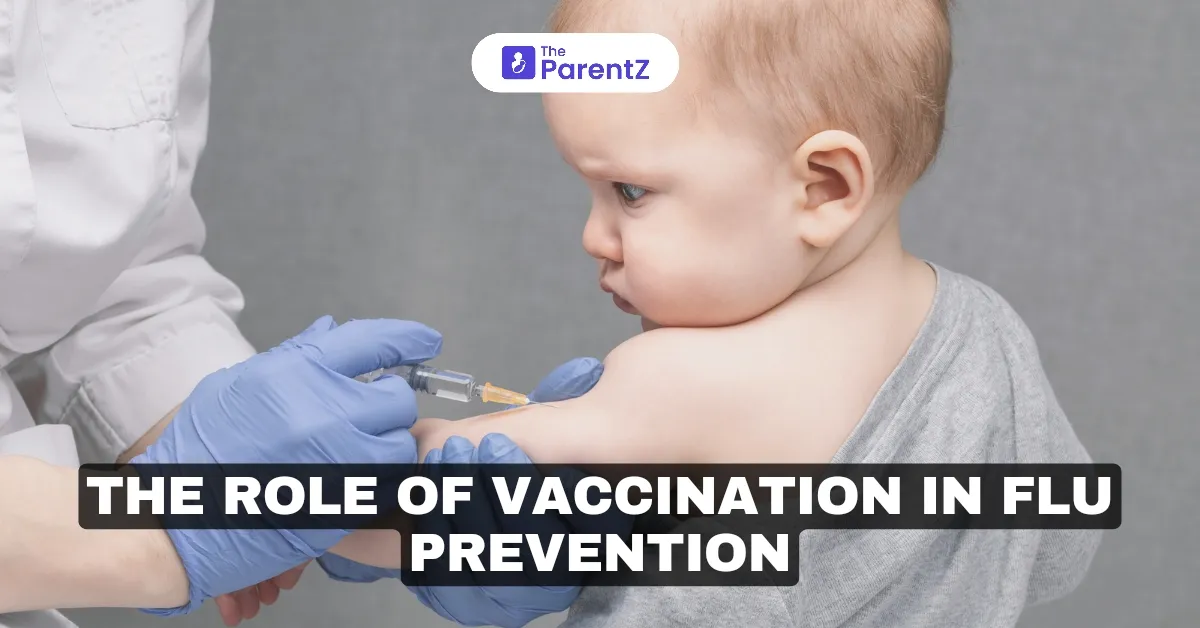Influenza, commonly known as the flu, is a contagious respiratory illness caused by influenza viruses. It poses a significant public health challenge, affecting millions of people worldwide each year. Vaccination has emerged as one of the most effective strategies for preventing the flu and its potentially severe complications. This article explores the role of vaccination in flu prevention, covering its importance, mechanisms, effectiveness, and public health implications.
Why Vaccination is Crucial for Flu Prevention
1. Reducing the Spread of Influenza
The flu spreads easily through respiratory droplets when an infected person coughs, sneezes, or talks. Vaccination reduces the likelihood of infection, thereby decreasing transmission within communities. When a substantial portion of the population is vaccinated, it helps achieve herd immunity, protecting individuals who cannot be vaccinated, such as infants and those with certain medical conditions.
2. Preventing Severe Illness and Complications
Influenza can lead to serious health problems, particularly in high-risk groups such as older adults, young children, pregnant women, and individuals with chronic illnesses (e.g., asthma, diabetes, or heart disease). Complications can include pneumonia, sinus infections, and exacerbation of existing conditions. Vaccination significantly lowers the risk of severe outcomes and hospitalization.
3. Easing Healthcare System Burdens
During flu seasons, hospitals and healthcare systems often face a surge in patient admissions, which can strain resources. By preventing flu infections, vaccination alleviates pressure on healthcare providers, ensuring that care is available for other critical needs.
How Flu Vaccines Work
Flu vaccines stimulate the immune system to recognize and combat the influenza virus. The vaccine contains inactivated (killed) or attenuated (weakened) forms of the virus or specific viral components such as proteins. These components do not cause illness but help the immune system build a defense against the virus.
When a vaccinated person is exposed to the flu virus, their immune system can recognize and neutralize the pathogen more effectively. This reduces the severity of the infection or prevents it altogether.
Effectiveness of Flu Vaccines
The effectiveness of flu vaccines varies yearly, influenced by factors such as:
- Virus Strains: Influenza viruses mutate rapidly. Each year's vaccine is formulated to protect against the most prevalent strains predicted for the season. While not always a perfect match, the vaccine still offers substantial protection.
- Individual Factors: Age, overall health, and previous exposure to flu viruses can affect vaccine efficacy. For instance, vaccines tend to be less effective in older adults due to a weaker immune response but still provide essential protection against severe outcomes.
Despite these variations, studies consistently show that vaccinated individuals are less likely to contract the flu, experience severe symptoms, or require hospitalization.
Types of Flu Vaccines
1. Standard-Dose Inactivated Vaccines
These are the most commonly administered flu shots, suitable for people aged six months and older.
2. High-Dose Vaccines
Designed for individuals aged 65 and older, these vaccines contain a higher amount of antigen to elicit a stronger immune response.
3. Adjuvanted Vaccines
These include an adjuvant (a substance that enhances the immune response) and are also targeted at older adults.
4. Live Attenuated Influenza Vaccine (LAIV)
Administered as a nasal spray, this vaccine is an option for healthy individuals aged 2 to 49 years who prefer non-injection alternatives.
Safety and Side Effects of Flu Vaccines
Flu vaccines are rigorously tested for safety and efficacy. Common side effects are mild and temporary, including soreness at the injection site, low-grade fever, or fatigue. Serious adverse reactions are extremely rare. Vaccination is safe for most individuals, including pregnant women and those with chronic health conditions, though people with severe allergies to vaccine components should consult healthcare providers.
Public Health Impact of Flu Vaccination
1. Reducing Mortality
The Centers for Disease Control and Prevention (CDC) estimates that flu vaccination prevents tens of thousands of deaths annually in the United States alone.
2. Economic Benefits
By reducing doctor visits, hospitalizations, and missed workdays, flu vaccines contribute to substantial cost savings for individuals and the healthcare system.
3. Pandemic Preparedness
Influenza pandemics, such as the 1918 Spanish flu, highlight the potential severity of flu outbreaks. Annual vaccination campaigns build a foundation for rapid vaccine deployment in case of a pandemic, enhancing global preparedness.
Addressing Common Misconceptions
Despite its proven benefits, flu vaccination rates remain suboptimal due to myths and misinformation:
- "The flu vaccine causes the flu": The inactivated virus in flu shots cannot cause illness.
- "I’m healthy and don’t need the vaccine": Even healthy individuals can contract and spread the flu, posing a risk to vulnerable populations.
- "The vaccine isn’t effective, so it’s not worth it": While not 100% effective, the vaccine significantly reduces the severity and spread of influenza.
Conclusion
Vaccination plays a vital role in flu prevention, offering individual protection and broad public health benefits. It reduces the risk of infection, prevents severe complications, and alleviates the burden on healthcare systems. By addressing misconceptions and increasing vaccination coverage, communities can significantly mitigate the impact of influenza, saving lives and fostering better health outcomes. As flu season approaches, individuals are encouraged to get vaccinated to protect themselves and those around them.








Be the first one to comment on this story.